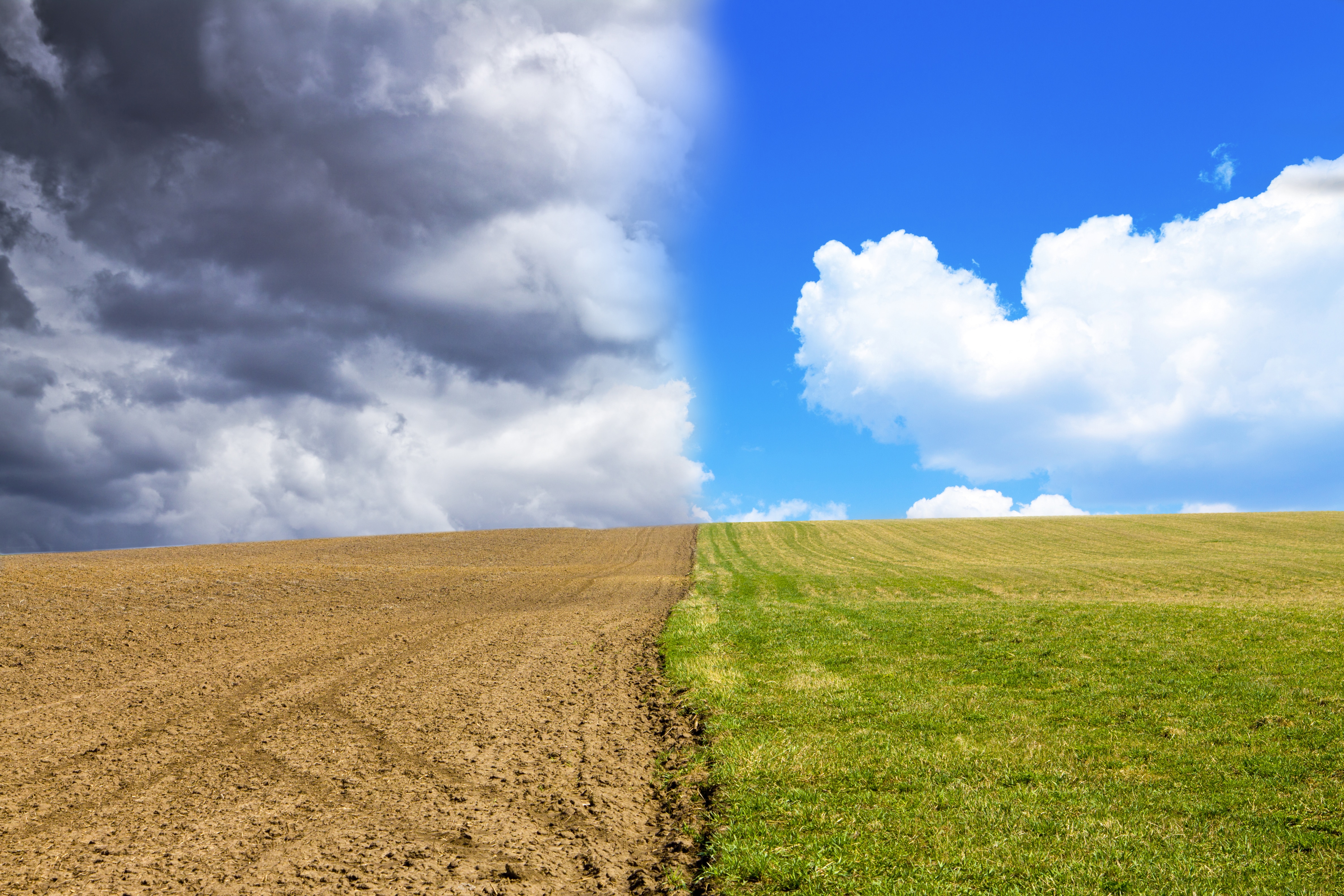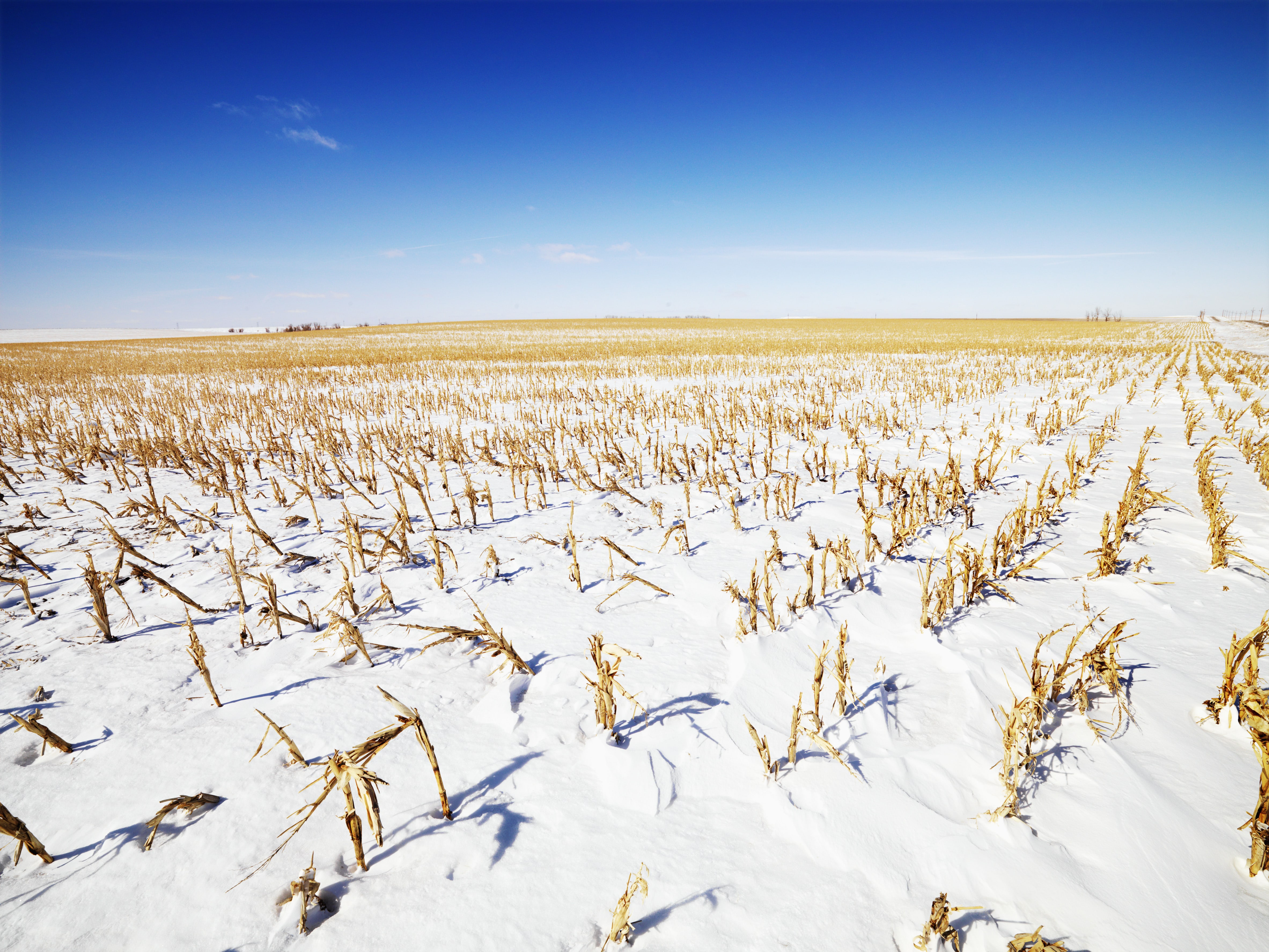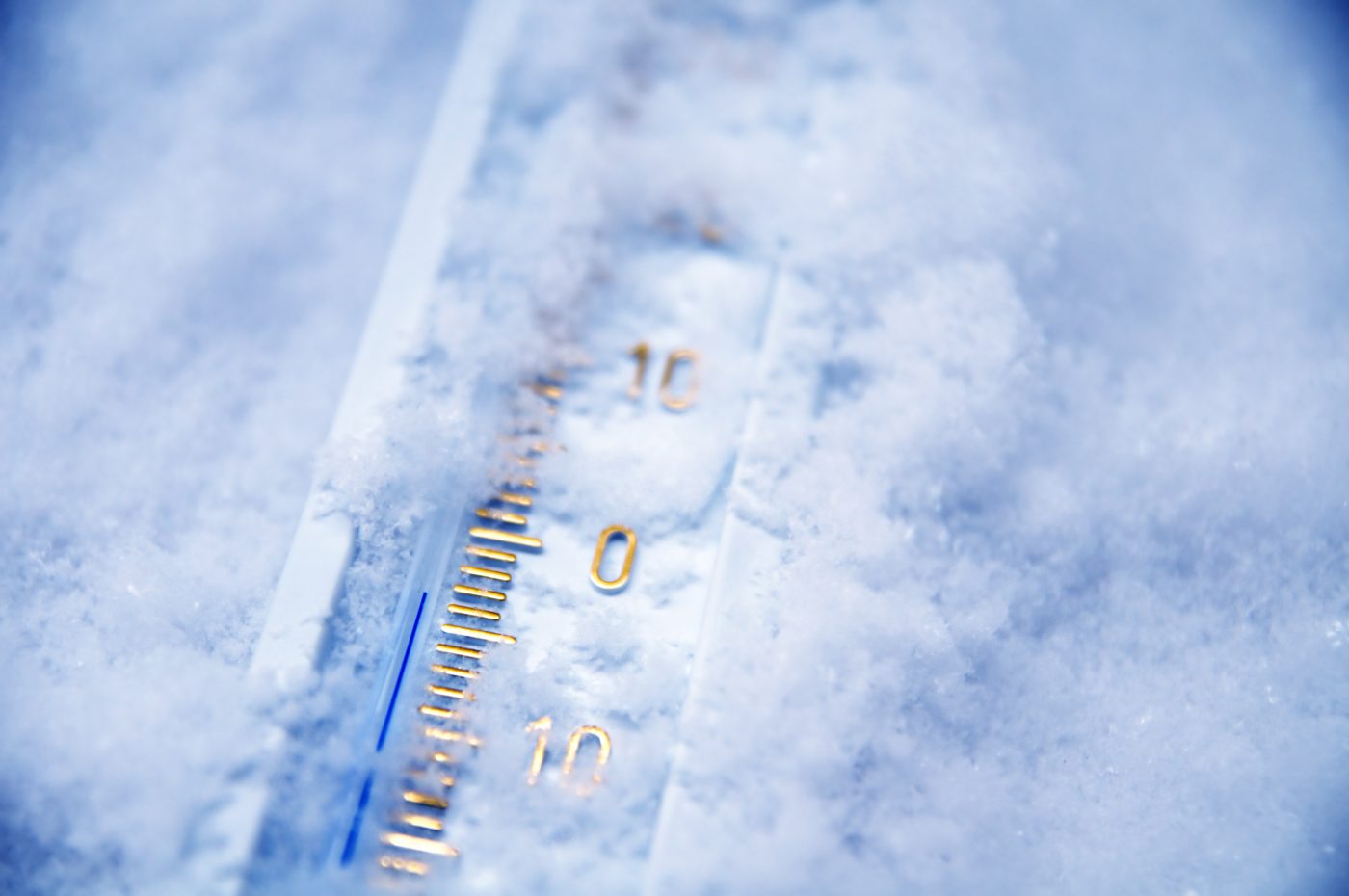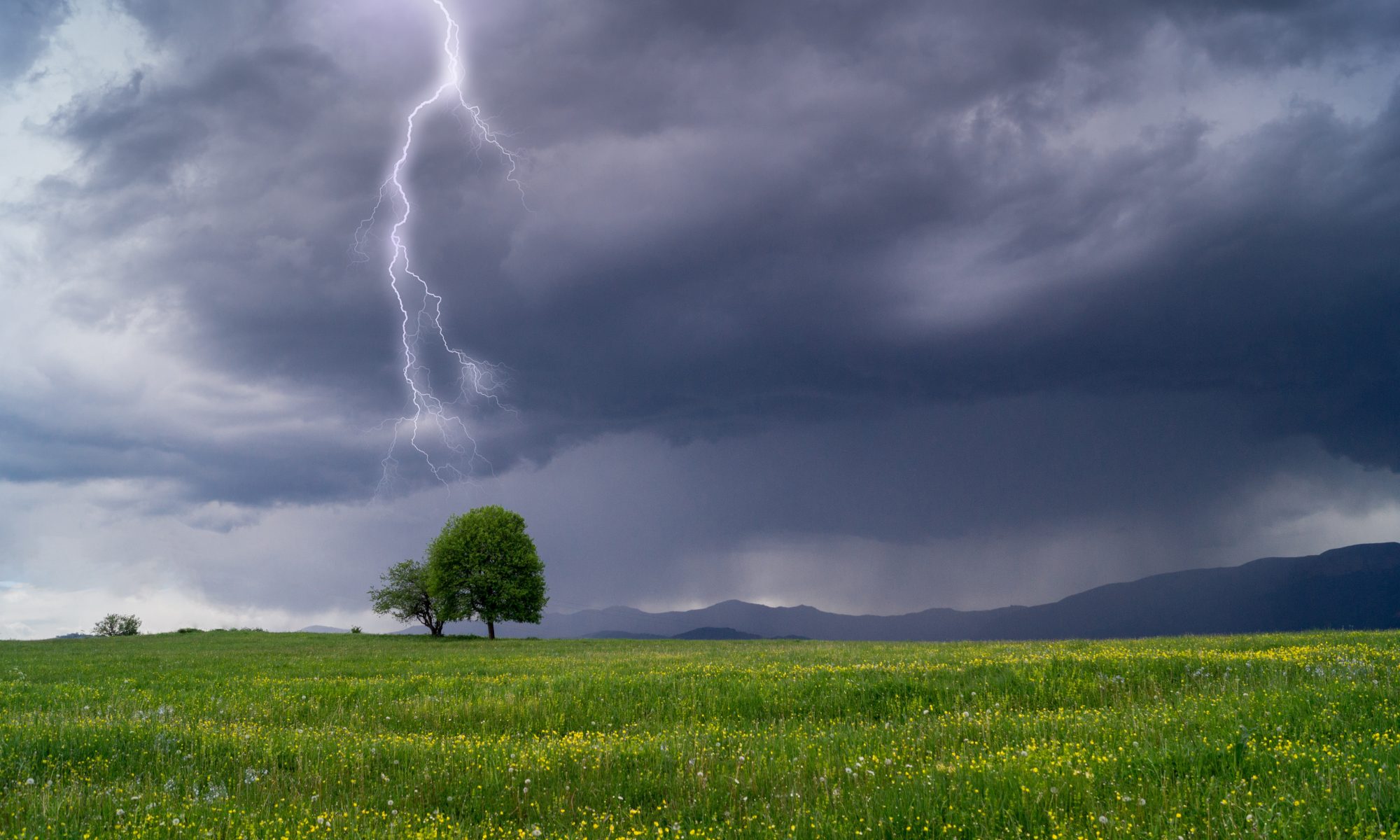Gov. Declares Drought in Kansas, Provides Aid for Farmers
A drought declaration has been made for all 105 counties in Kansas on March 13 by Governor Jeff Colyer. The declaration would provide assistance to farmers and ranchers as they deal with drought impacting their livestock and crops.
The declaration allows for disaster response by the state allowing the deployment and use of personnel, supplies, equipment, materials or facilities available to aid the drought response. Also, hauling hay to livestock in drought areas of Kansas will have a temporarily ease in particular motor carrier rules and regulations.
Letters were sent by Governor Colyer to Kansas State Executive Director of the U.S. Department of Agriculture Farm Service Agency and all county executive directors encouraging them to evaluate use of Conservation Reserve Program (CRP) land. Property currently enrolled in CRP could be permitted to be hayed or grazed for livestock utilization. Additionally, haying or grazing could cut down the fuel load for fires, aiding in fire suppression should any wild fires occur.
"We are hopeful this early collaboration with our federal partners will allow for immediate relief to Kansas farmers and ranchers," says Kansas Secretary of Agriculture Jackie McClaskey," and we are committed to continuing to work with all of our partners through the duration of the current drought."
The latest U.S. Drought Monitor released March 15 shows 66 counties in Kansas are at D2 (Severe) or D3 (Extreme) drought levels, and 56.19% the state’s land falls into this designation. A vast majority of the state is classified as D1 (Moderate) the first drought classification with 81.77% of Kansas land fitting this description.
Four counties along the Oklahoma border have the worst classification D4 (Exceptional) drought with only 0.3% of Kansas land in the classification currently. Neighboring Oklahoma is the only other state in the country with D4 (Exceptional) drought levels and 8.2% of land in Oklahoma fits this description at the moment.
Last week wildfire risk in Kansas and neighboring states was elevated with high winds and dry conditions. In a two day period there were approximately 50 wildfires reported in Kansas burning at least 25,000 acres. There have been no major wildfires this year compared to the Starbuck Fire in 2017 and the Anderson Creek Fire in 2016 that burned hundreds of thousands of acres both in Kansas and Oklahoma.






